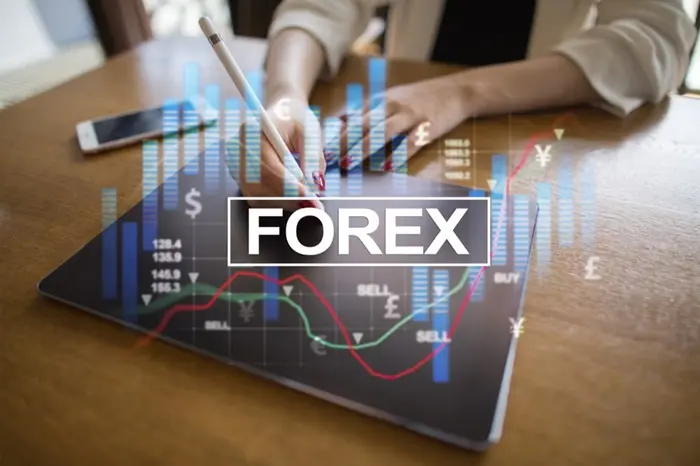The impact of President Trump’s tariff announcements and revisions has yet to prompt investors to abandon an old habit: buying the dip.
VandaTrack data shows that in the week following Liberation Day, “retail investors saw record dip buying flows,” including $3 billion in net purchases on April 3, the largest single-day total since VandaTrack began collecting such data in 2014.
Global markets initially reacted violently to Trump’s announcement of reciprocal tariffs, pushing tariffs to their highest level in a century, with a wave of selling. The S&P 500 (^GSPC) experienced one of its worst two-day declines in history during trading on April 3-4.
Since the initial crash, the market has been volatile, with the index posting its largest single-day gain since 2008 on Wednesday, April 9.
“Even before Trump changed his tariff policy, retail investors were far from capitulating,” the VandaTrack team wrote in an April 9 report. “The pessimistic reading is that if this rally turns out to be just a bear market rally, the risk of further downside remains,” the VandaTrack team added.
The fact that retail traders aren’t buying the dips is “a sign of a stock market bottom,” but it’s not “a necessary condition for a stock market bottom,” the VandaTrack team added.
“As soon as there’s a little bit of good news, people will flock to it because FOMO (fear of missing out) never goes away,” Steven Sosnick, chief strategist at Interactive Brokers, told Yahoo Finance last week.
“It’s always there. Nobody wants to miss the rally.”
“Risk appetite remains”
VandaTrack’s data isn’t the only sign that investors have been aggressively buying stocks during the recent stock market decline.
An April 8 report from Bank of America showed that its clients bought a net $8 billion worth of stocks in the week when the tariffs were first announced. That was the fourth-largest weekly inflow in Bank of America’s data since 2008.
Data released by Deutsche Bank on Monday also showed that equity inflows last week were nearly $50 billion, the largest amount since 2025, with $31 billion of that going to U.S. stocks.
Bankim Chadha, chief strategist at Deutsche Bank, told Yahoo Finance that the data showed that “risk appetite is still there.”
Chadha added that recent flows may not be a sign of investors intent on buying the dip, but rather a continuation of a post-pandemic trend of consumers putting too much of their savings into stocks.
However, Chadha said recent “strong inflows” suggest that these investors are not taking an overall negative view of the economic outlook amid tariff turmoil.
So far, concerns about tariffs have fueled forecasts of higher inflation and slower economic growth, although the data itself has not yet deteriorated based on last week’s inflation data.
“If we do get bad inflation growth or labor market data, then that would be another issue that could impact stock market performance,” Chadha said.
However, market sentiment surveys show that fund managers are becoming increasingly cautious as tariff uncertainty persists.
A record number of investors are looking to cut their allocation to U.S. stocks, while expectations of a recession over the next year are at their fourth-highest level in the past two decades, Bank of America Corp.’s latest fund manager survey showed on Tuesday.
Related topics:
































